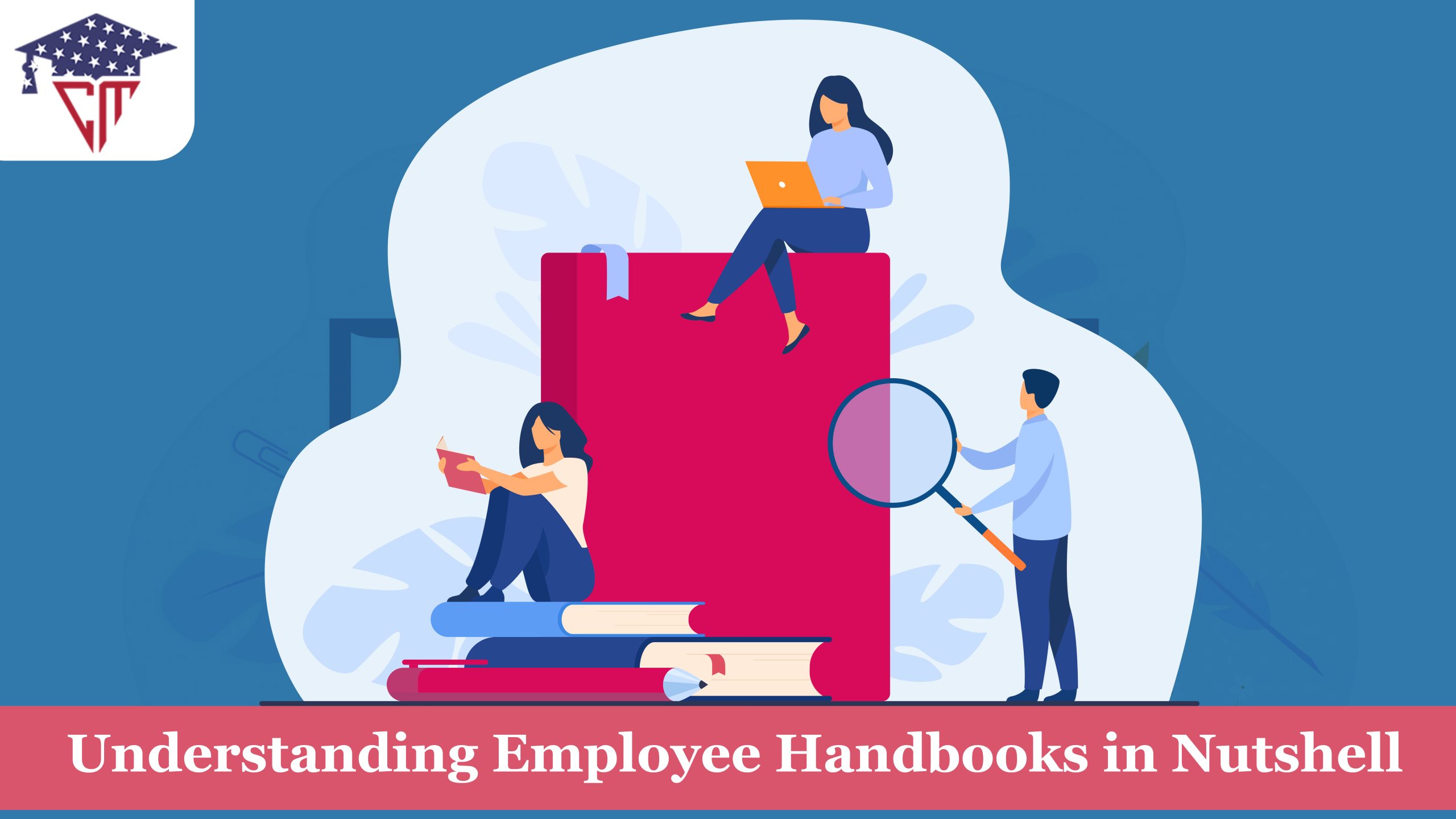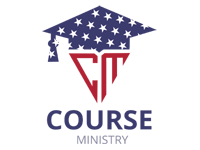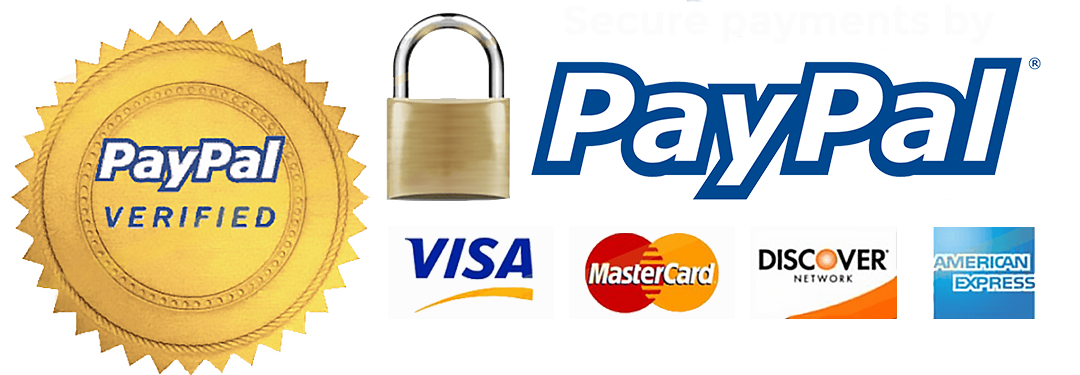
Organizations are a widely composed format. Several active or passive administrations or authorities act cooperatively to make an organization work. Numerous individuals perform or contribute through direct or indirect passages to keep the flow of organizations intact. Organizations exist on various scales and the primary demographic decides the workflow at any particular organization. The composition of every organization varies depending on the workforce, industry type, and other relative factors. Norms play a crucial role in setting certain organizational boundaries or patterns of conduct. Employees and administrations are the primary stakeholders of this norm culture.
Employee handbooks are regulation-fledged directories every organization owns. The regulation in the handbook is a blend of federal suggested or recommended and organizational perceptual. Every registered organization or industry must have its own customized employee handbook. It guides the units of an organization through a basic set of norms and lets them function under the ode of law and order. The idea behind the employee handbook is to pave a systematic path for employees and administrators to follow the same, to keep penalties and setbacks away. It also acts as a communication resource through which employees, employers, and management bodies can convey or address their concerns. Finally, it is a non-contract statement reflecting an organization’s procedures, ideas, visions, and consequential policies. Moreover, it is a descriptive document defining an organization.
Organizations are a widely composed format. Several active or passive administrations or authorities act cooperatively to make an organization work. Numerous individuals perform or contribute through direct or indirect passages to keep the flow of organizations intact. Organizations exist on various scales and the primary demographic decides the workflow at any particular organization. The composition of every organization varies depending on the workforce, industry type, and other relative factors. Norms play a crucial role in setting certain organizational boundaries or patterns of conduct. Employees and administrations are the primary stakeholders of this norm culture.
Employee handbooks are regulation-fledged directories every organization owns. The regulation in the handbook is a blend of federal suggested or recommended and organizational perceptual. Every registered organization or industry must have its own customized employee handbook. It guides the units of an organization through a basic set of norms and lets them function under the ode of law and order. The idea behind the employee handbook is to pave a systematic path for employees and administrators to follow the same, to keep penalties and setbacks away. It also acts as a communication resource through which employees, employers, and management bodies can convey or address their concerns. Finally, it is a non-contract statement reflecting an organization’s procedures, ideas, visions, and consequential policies. Moreover, it is a descriptive document defining an organization.
Purpose of the Employee Handbook
The purpose of the employee handbook is to provide a good platform for employees and employers to address their aims, organizational motives, targets, and orientation. Primarily, it allows organizations to function per the prevailing law and order customs and stay compliant with the suggested norms and regulations. Therefore, an employee handbook must be easily understandable and use legal jargon. Though an employee handbook is not a legal contract confirming an employee’s participation in any organization, it is a brief document addressing an organization’s outlook. The inclusiveness in the employee handbook is quite constructive and could be labeled as suggestive of federal structure, the organization’s feedback, and miscellaneous norms. Other norms and workplace regulations include dress codes, codes of conduct, decorum code, organizations’ expectations, and business outlook. In addition, employee handbooks should mention a word regarding federal acts like family medical leave and worker’s comp norms, non-discriminatory policies, and sexual harassment policies.
How the employee handbook helps employers comply and avoid the possible penalties
Employee handbooks work following federal regulations. The pact of law and order towards organizational setup is considered majorly while drafting and designing an employee handbook. If the federal regulations and law and order have been followed precisely during the drafting process, the probability of your handbook owning any loopholes will lessen. In the same manner, all the existing employee handbooks should be revised on an annual basis or a mid-yearly basis. The motive of revision is to eliminate possible chances of any organization falling into the pits of penalties. These penalties allow organizations to stay up-to-date with government-suggested developments in law and order or implement newly suggested regulations. For example, during the COVID pandemic phase, many organizations made additional safety and social distancing norms or remote work guidelines for their employees as the mode of working shifted completely online.
What’s the best time for an organization to create the employee handbook?
Organizations should draft employee handbooks in the initial phases of the setting up of an organization. It would allow employers or management staff to be present with a more precise and brief layout of their job. In addition, it would be an easy alternative to convey their message to probable job applicants or potential employees. Employee handbooks are a mandatory document that should be drafted under the supervision of A- level authorities of the organization and the HR.
Let’s talk about reviews and updates.
As briefly discussed above, employee handbooks have to be revised with time. The possible time to review or revise handbooks is on an annual, semi-annual, or quarterly basis. But when any urgent update comes in the way and demands urgent implementation within the workplace setup, organizations are expected to show their compliance with the government by making urgent updates in their respective handbooks. Updates should be treated severely. Federal updates that impact the formulation of any organization should be discussed and announced among the concerned staff.
To conclude what has been discussed above, employee handbooks are the crucial backfoot document that every organization should acquire regardless of its scale. In addition, employee handbooks must be on the same page regarding prevailing law and order regulations to prove their compliance with the government. Therefore, regular revisions and inclusion of updates are necessary to rigidify the status of one’s organization handbook. Moreover, employee handbooks also include the organization’s history, vision, future expectations, and milestones. Hence, it could also be considered a curriculum vitae of a particular organization.
Employee handbooks are regulation-fledged directories every organization owns. The regulation in the handbook is a blend of federal suggested or recommended and organizational perceptual. Every registered organization or industry must have its own customized employee handbook. It guides the units of an organization through a basic set of norms and lets them function under the ode of law and order. The idea behind the employee handbook is to pave a systematic path for employees and administrators to follow the same, to keep penalties and setbacks away. It also acts as a communication resource through which employees, employers, and management bodies can convey or address their concerns. Finally, it is a non-contract statement reflecting an organization’s procedures, ideas, visions, and consequential policies. Moreover, it is a descriptive document defining an organization.




